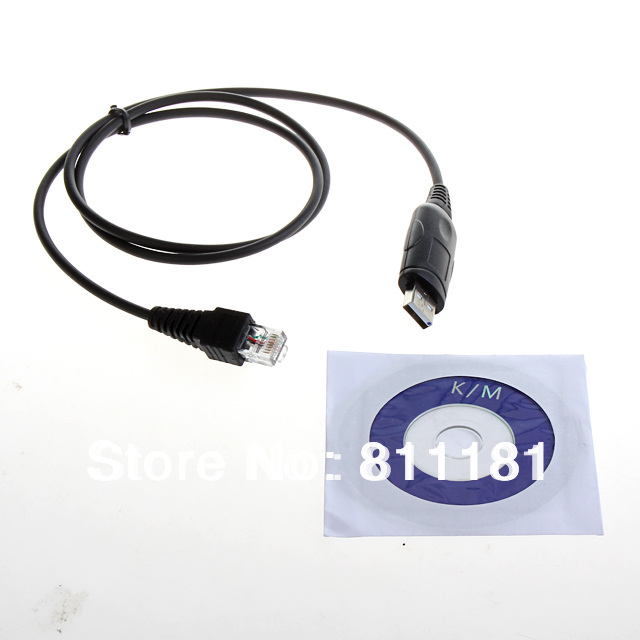About the Motorola CM200 2-Way Radio ABOUT THEMOTOROLA CM200 RADIOMotorola a name you know and trust. For more than 75 years, Motorola has beena leader in creating state-of-the-art wireless communications for people likeyou. The CM200 two-way radio upholds that superior standard. And the MotorolaCM200 is backed up by a 2-year warranty on parts and labor.
So when you selectthe CM200 portable, you'll experience the same exceptional quality you've got tocome to expect from all Motorola radio products.Every business depends on clear communication to succeed. When it comes totwo-way radio communication, you want your radios to have all the essentialelements to communicate loud and clear.
The Radius CM Series mobile radios fromMotorola have been engineered to provide you with radios to meet your specificcommunication needs.The CM200 is loaded with easy-to-operate program features and is an idealradio for those users requiring multi-channel capability at a modest pricepoint.
Making a Programming Cable That Works With a CM300 RadioMaking a Programming CableThat Works With a CM300 RadioBy Robert W. Meister WA1MIKProblem:You acquired a CM300 mobile radio and want to program it.
You notice there's astandard modular microphone jack on the front of the control head, so you fire upCPS, plug in your standard trusty RIB and modular programming cable, and the radioappears dead. No communications at all.Some quick research verifies that the same two pins (SCI and GND) are used forprogramming. You've used the cable to successfully program MaxTracs and othermodular jack-equipped radios before, so why won't this one work?Well a bit more research might lead you to the CM300 Detailed Service Manual,which states:The HOOK line (J802-6) is used to inform the uP which type ofmicrophone or SCI lead is connected to the microphone socket. The voltage of theHOOK line is monitored by the uP (port PE0, MICSENSE) through a resistor divideron the main board. When the HOOK line is grounded (on hook condition) or floating(2.8V nominal), the uP sets the mux (U803) for keypad operation to allow the useof microphones with a keypad.
When the HOOK line is connected to 9.3V, the uP setsthe mux for SCI operation. This mode is also used to select low cost mic operationwhere the gain of the microphone path is increased (on the main board) to compensatefor not having a pre-amp in the low cost mic.So it seems all you need to do is connect the HOOK line to a source of 9.3V, butwhere can you get that from?Solution:It turns out that the front panel MIC jack has assigned signals to the previouslyspare pins on older radio MIC jacks, including a convenient source of 9.3V, just whatyou need. Here are the signals on the various pins. At some point Motorola changed theordering of the pin numbers; in the past they started with pin 8 (RX Audio) at thebottom or left.
Cm200 Programming Software

When you look into the front of the CM300 radio with the notch (forthe locking clip) on the bottom, RX Audio is still on the left but now they call thatpin 1. The signals are still physically on the same pins; only the pin numbering hasbeen reversed.PinSignal Name1RX Audio2SCI3Mic. Audio5GND6Hook7BootRes89.3VThe stock modular RIB-to-radio programming cable only uses pins 2 (SCI) and 5(GND). Due to numbering differences, these correspond to pins 7 (SCI) and 4 (GND)on the MaxTrac, Radius, MaraTrac, GM300, CDM, and GTX radios. So all you have todo is add a jumper to your existing modular programming cable, inside the hood ofthe DB25 end, such that it connects the wires going to the modular plug pin 8 topin 6. These wires should otherwise be unused.
Motorola Radius Cm300 Programming Software
You should use an ohmmeter to verifythe proper pins and connector orientation.The original cable only made use of modular pins 2 and 5, and DB25 pins 1, 4, 11,and 15. The new and improved programming cable is now wired up thusly:Mod. PinSignal NameDB25 PinNotes1RX AudioNone2SCI15Stock cable3Mic.